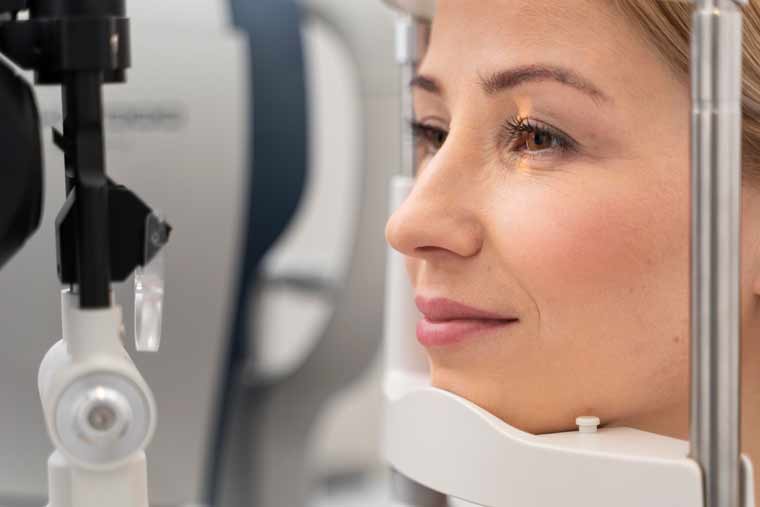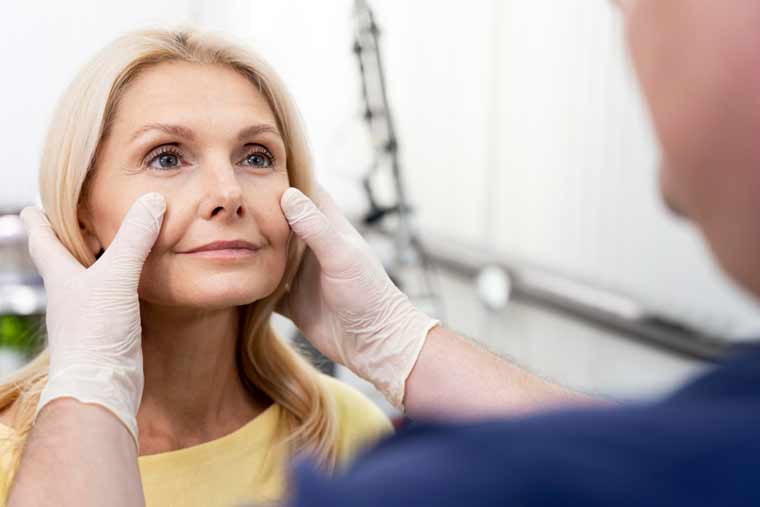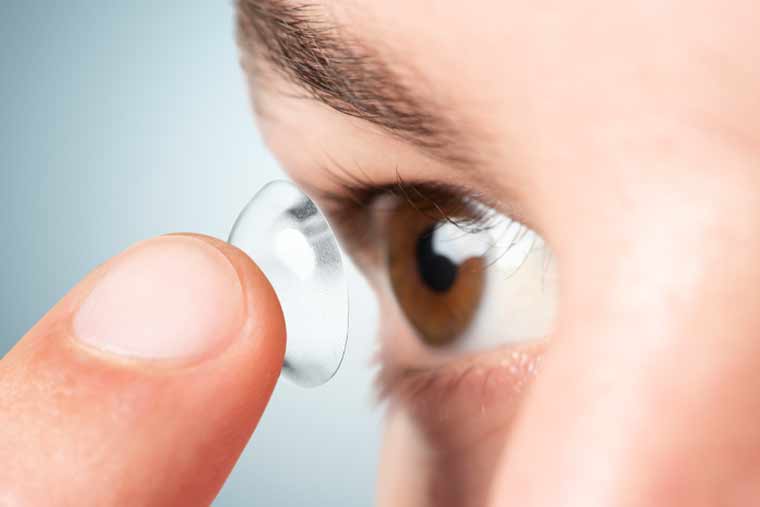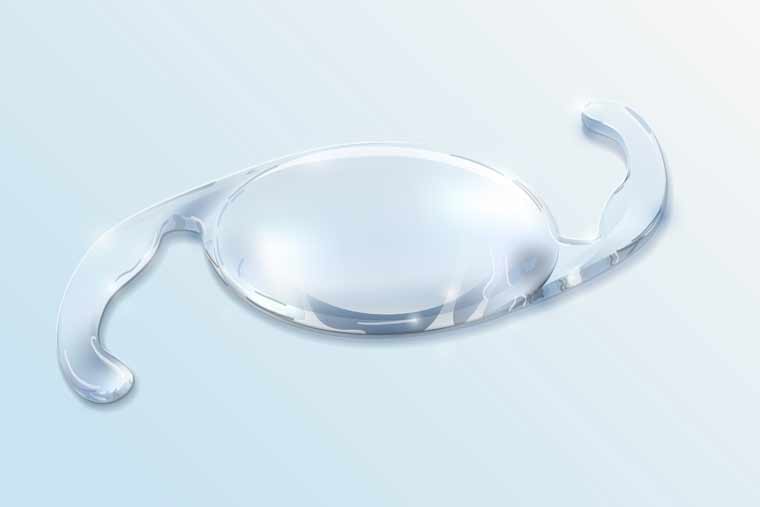Preserving Your Vision: How to Prevent Vision Loss from Diabetic Retinopathy
December 13, 2023
Have Any Questions?
Please contact us, if you have any queries
Categories
Diabetic retinopathy is a serious complication of diabetes that can lead to vision impairment or even blindness if not managed properly. However, with proactive measures and regular eye care, it is possible to prevent vision loss from diabetic retinopathy. In this blog, we will explore essential strategies to safeguard and prevent diabetic retinopathy and maintain eye health.
Prioritize regular eye exams:
Routine eye examinations are the cornerstone of preventing vision loss from diabetic retinopathy. Early detection is key to effective management. Even if you have no apparent visual issues, annual eye check-ups are crucial for identifying any signs of diabetic retinopathy or other diabetes-related eye complications.
Manage blood sugar levels:
Consistent blood sugar control is fundamental to preventing and slowing the progression of diabetic retinopathy. High blood sugar levels can damage the blood vessels in the retina, leading to vision impairment. Work closely with your healthcare team to develop a comprehensive diabetes management plan that includes monitoring your blood sugar levels regularly.
Control blood pressure and cholesterol:
Hypertension and high cholesterol can exacerbate the effects of diabetic retinopathy. Managing these risk factors is essential to preserving eye health. Adopt a heart-healthy lifestyle by maintaining a balanced diet, engaging in regular physical activity, and taking prescribed medications as directed by your healthcare provider.
Maintain a healthy lifestyle.
Incorporate healthy habits into your daily life to support overall well-being.
This includes:
- Balanced Diet: Consume a diet rich in fruits, vegetables, whole grains, and lean proteins.
- Regular Exercise: Engage in moderate physical activity to improve blood circulation and overall health.
Smoking Cessation: Quitting smoking can significantly reduce the risk of diabetic retinopathy progression.
Monitor Your Vision at Home:
Be vigilant about changes in your vision. If you notice any sudden or gradual shifts, such as blurred vision, floaters, or changes in color perception, consult your eye care professional promptly. Early intervention can make a significant difference in preventing further complications.
Follow medication regimens:
If you have been prescribed medications to manage diabetes, blood pressure, or cholesterol, adhere to your medication regimen diligently. Medications play a crucial role in controlling these risk factors and preventing complications like diabetic retinopathy.
Dr. Rani Menon’s Eye Clinic, Thrissur:
For personalized and expert care in preventing and managing diabetic retinopathy, consider Dr. Rani Menon Maxivision Eye Hospital. With a commitment to excellence and a patient-centred approach, Dr. Rani Menon and her team provide comprehensive eye care services.
Schedule regular check-ups, and let our experienced professionals guide you in preserving your precious vision.






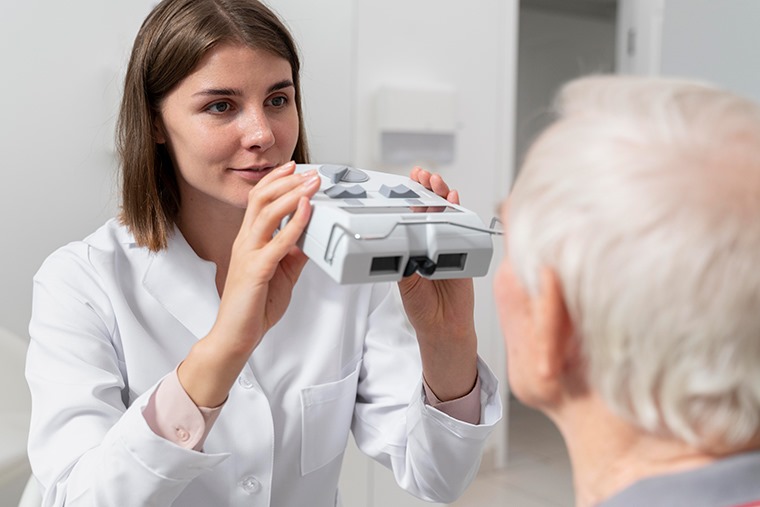 Living with diabetes and vision requires constant vigilance over various aspects of your health. While most individuals are familiar with the impact of diabetes on blood sugar levels and organ function, it’s crucial not to overlook its effects on vision. Diabetes can significantly impact eye health, leading to complications that may result in permanent vision impairment. In this blog, we will explore three ways diabetes can affect your vision and the importance of regular eye check-ups.
Living with diabetes and vision requires constant vigilance over various aspects of your health. While most individuals are familiar with the impact of diabetes on blood sugar levels and organ function, it’s crucial not to overlook its effects on vision. Diabetes can significantly impact eye health, leading to complications that may result in permanent vision impairment. In this blog, we will explore three ways diabetes can affect your vision and the importance of regular eye check-ups.
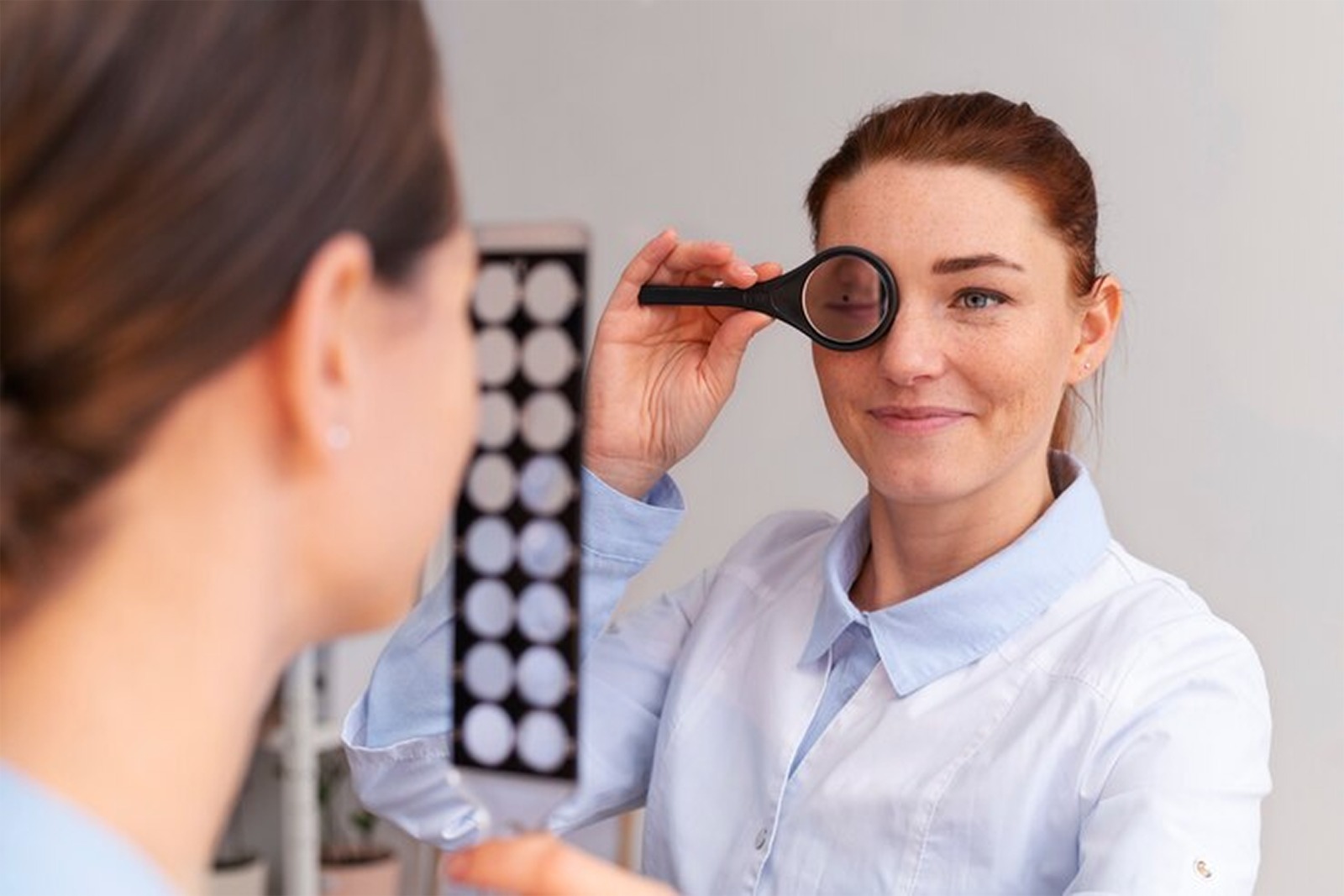
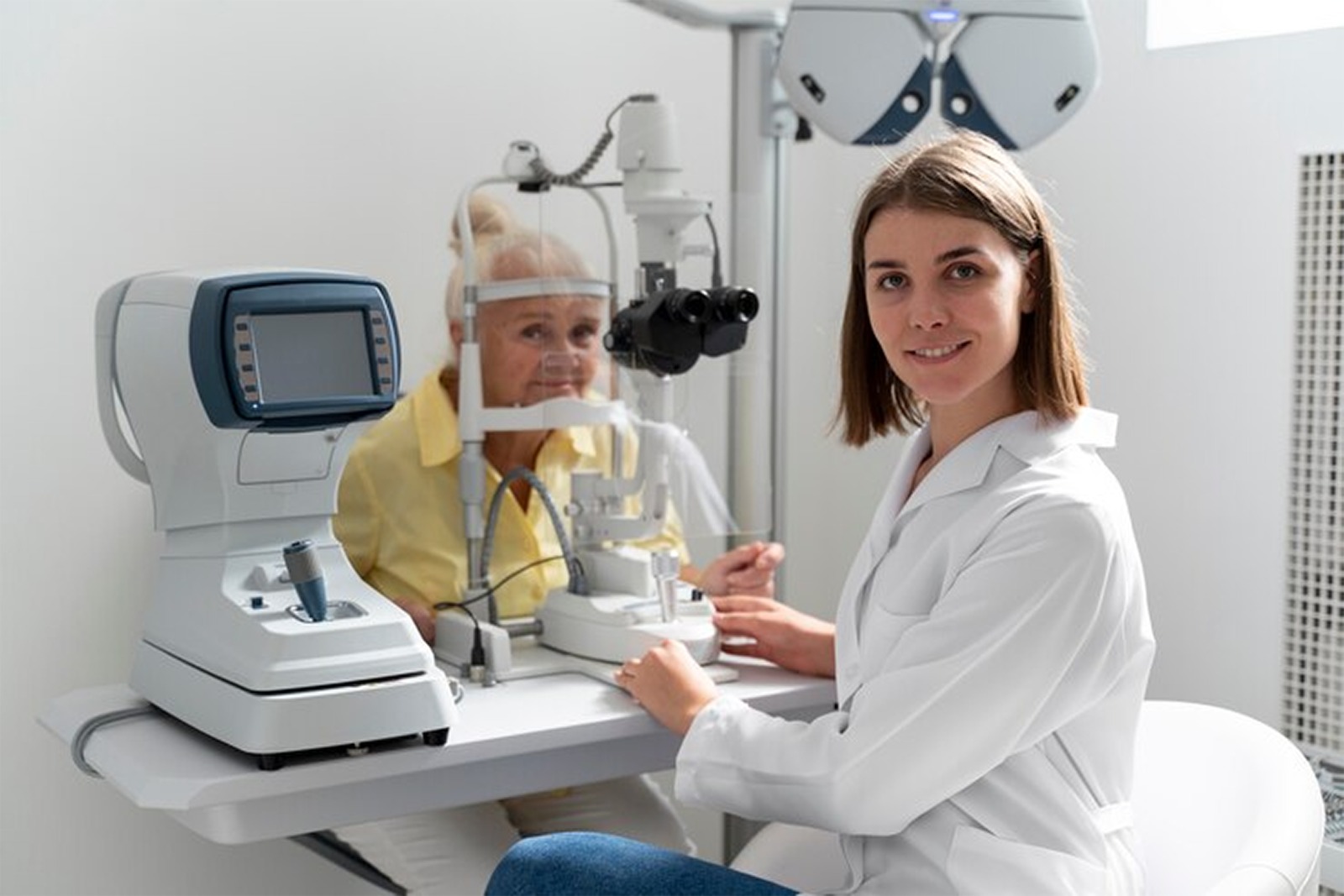

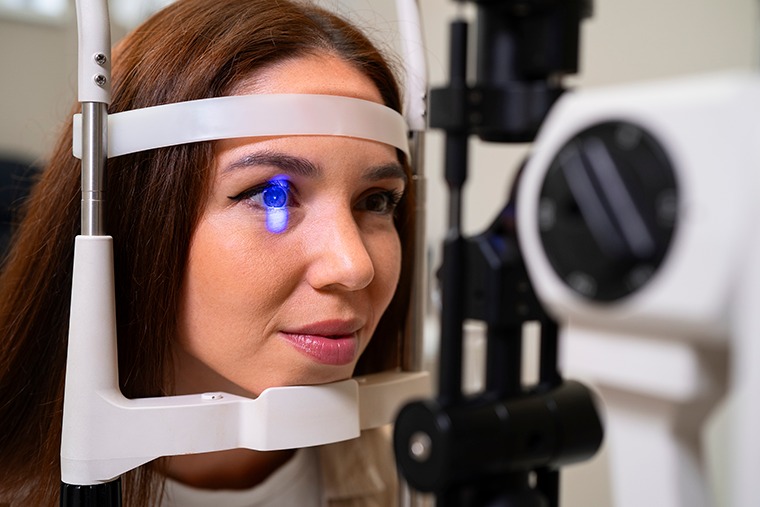

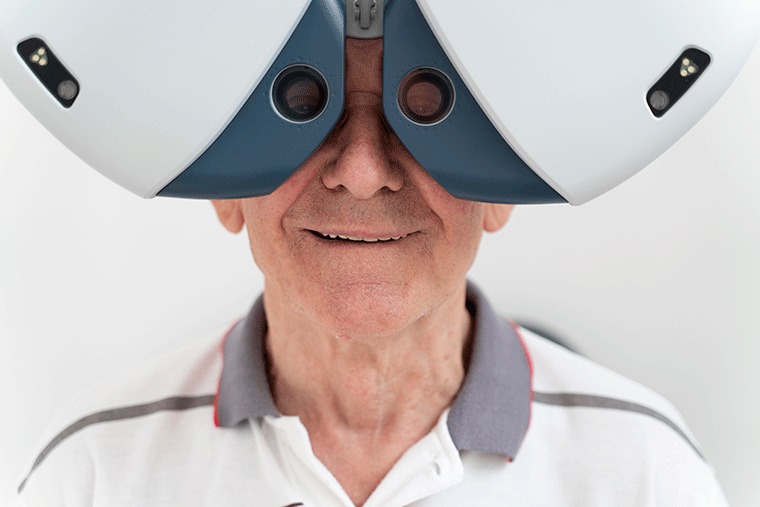
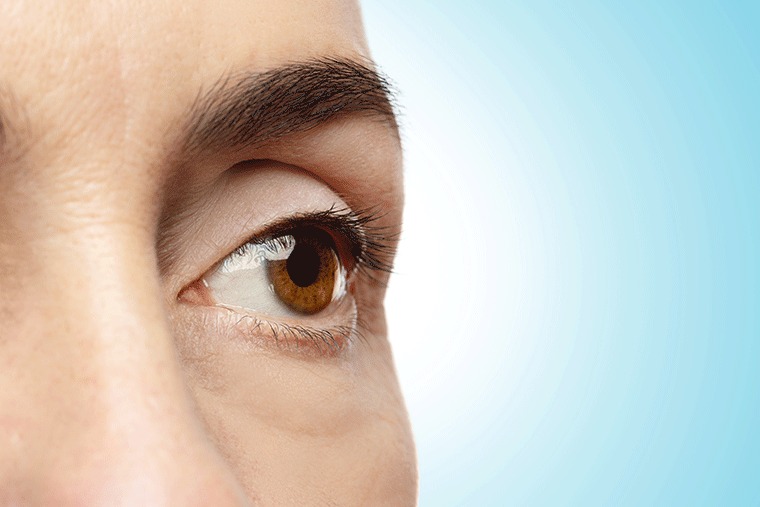

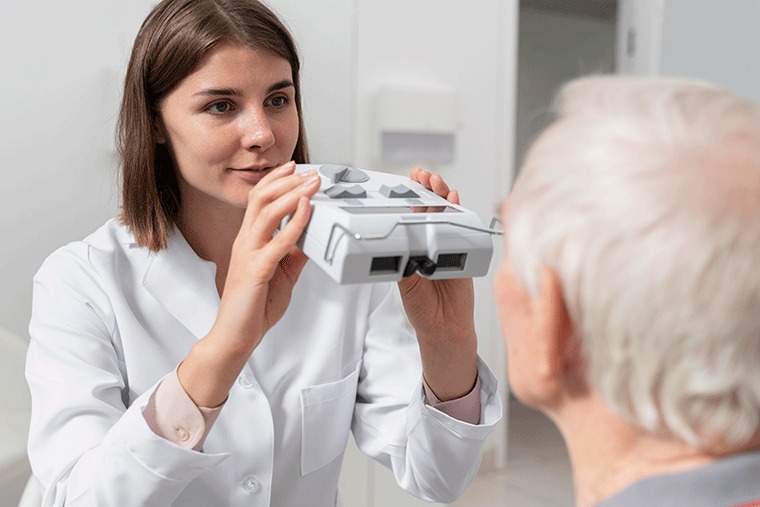 When is surgery necessary for glaucoma?
When is surgery necessary for glaucoma?

